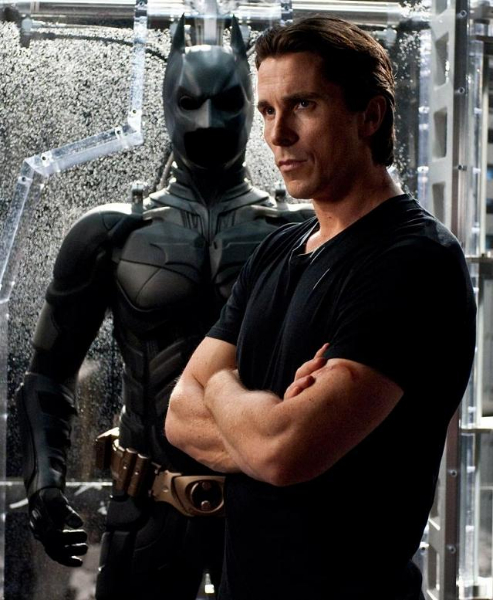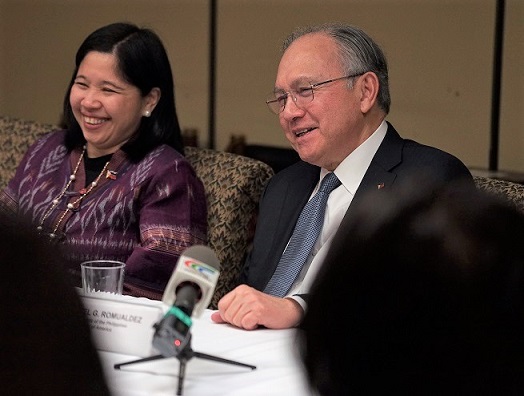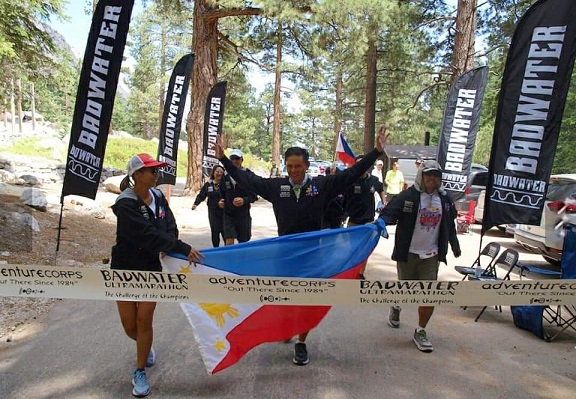Conquering the world’s toughest race at Badwater

Tickets available at Ticketmaster.com
Every morning of Monday to Friday, my mode of transportation to work is by foot. My run is an easy 6.6 miles from my apartment in Queens to my work in Manhattan. It’s a way to build up my mileage to a total of 40 to 50 miles a week and it’s often faster than commuting, especially that I’m living in a congested city. Running is also a stark contrast to my daily work of 10 to 12 hours sitting in a car for an extended period of time as a chauffeur of a wealthy Park Avenue family for the past 12 years.
Juggling family, work, and long-distance running can be challenging. Married with two kids — ages 16 and 12 — and having a full-time job, I am taking it all seriously!
As I write this, I have completed more than 130 marathons and ultramarathons, including Boston Marathon and 14 consecutive New York City Marathon finishes. The longest distance I’ve ever run is 171 miles in 48 hours, back in 2015 in Augusta, New Jersey. However, there is nothing like competing for the toughest and most extreme foot race of all: the Badwater 135.
Badwater 135 ultramarathon describes itself as “the world’s toughest foot race” covering 135 miles or the equivalent of five marathons through a scorching desert in Death Valley National Park between California and Nevada. It’s an annual event usually held every middle of July, when the weather conditions are most extreme and temperatures can reach 130 degrees F.
The start line is at Badwater Basin, Death Valley, which marks the lowest elevation in North America at 280 ft. below sea level. The race finishes at Whitney Portal at 8,300 ft., which is the trailhead to the Mt. Whitney summit, the highest point in the United States. The course covers three mountain ranges, for a total of 14,600 ft. of cumulative vertical ascent and 6,100 ft. of cumulative descent.

There is always time for family. At the Holland Ridge Farm in New Jersey with wife Donna; son Guthrie,16; and daughter Gerianne, 12.
For five consecutive years, I was recognized as one of the 100 toughest athletes, runners, triathletes, and adventure racers.
How do I sign up for the race?
At least one of the following criteria must be met in order to qualify:
• An official finish at a prior Badwater 135 or Brazil 135 in 48 hours, plus one significant ultra-event in the past 12 months
• At least three 100-mile races completed, with at least one in the past 12 months
• Extensive experience in endurance sports, assessed by the race director and application committee
If selected, runners pay a hefty fee of $1,495.00, which does not include the cost of air fares, hotels, food, supplies, race crew (3-person minimum), and a crew vehicle.
Why am I doing it?
As British Mountain Climber George Mallory said when asked why he wanted to climb Mt. Everest way back 1920s, “Because it’s there.” Perhaps, I just love the challenge, the distance, the journey that always takes me to the finish line, and the possibility of inspiring others along the way.
How do I train for Badwater?
The only training is running—getting comfortable with being uncomfortable by going to a sauna training. This enhances performance by acclimating the body to the extreme 130 °F heat of Death Valley.
What do I get after completing Badwater 135?
If completed in 48 hours or less, the prize is nothing but a belt buckle. It’s the one that I can wear around my waist—but that belt still needs to be bought. That’s it!
People may think running in these tough conditions is insane; however, what they fail to see is that this activity is also a huge mental achievement. It provides a state of mind that tells me, “Kaya Natin Ito!” (We Can Do It!) One thing I learned for sure is there are no shortcuts nor “apps” for a long-distance run; the finish line isn’t given but earned.
***The film “Running for Freedom: My Journey as an Ultra Marathon Runner” by L.A. filmmaker James Castillo documents Tabios’s fifth Badwater race.
© The FilAm 2019

KNOW YOUR RIGHTS: Are you paid for overtime hours?










